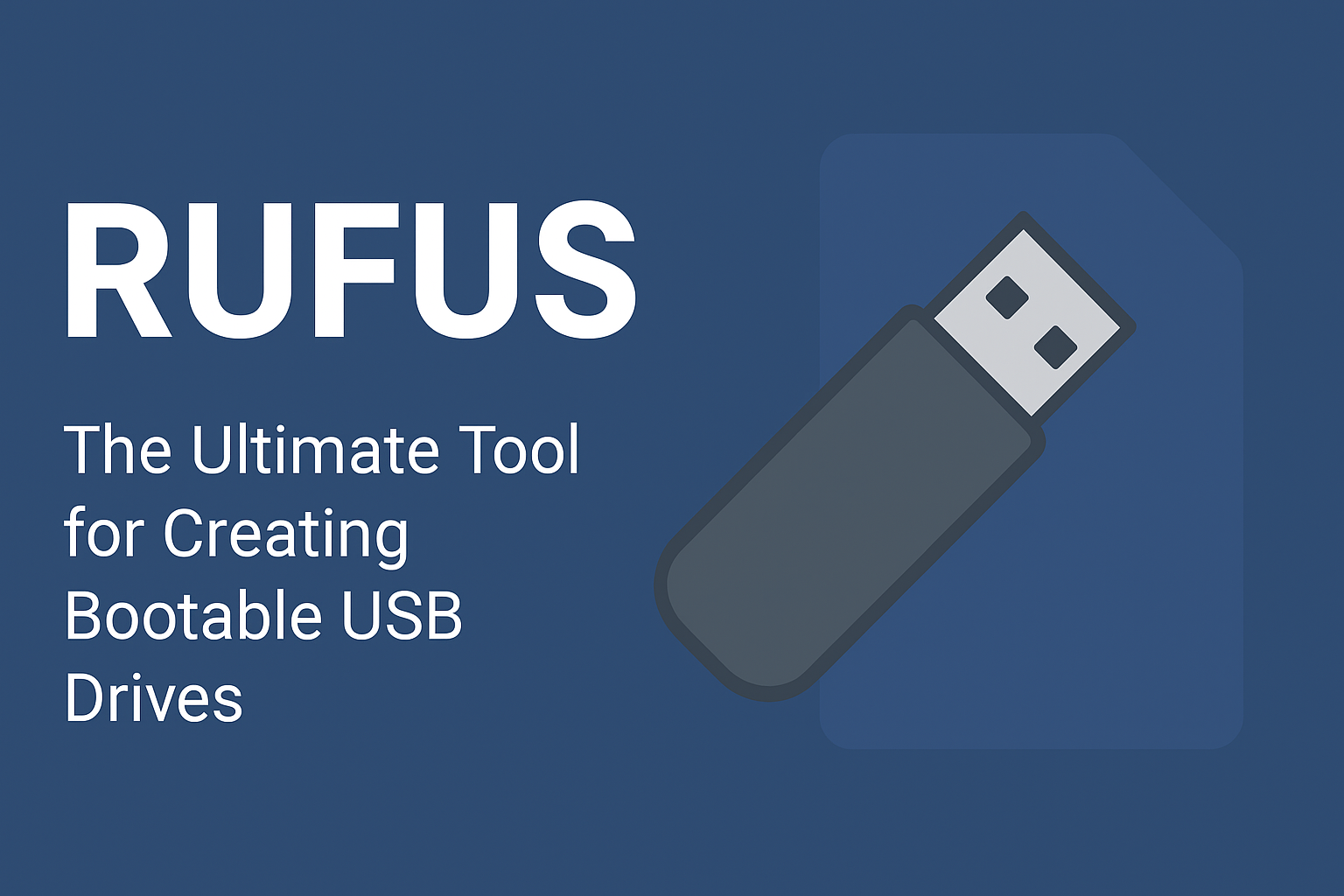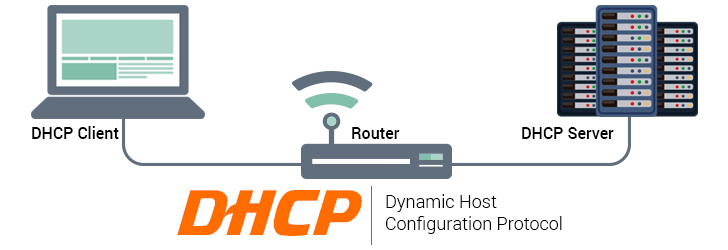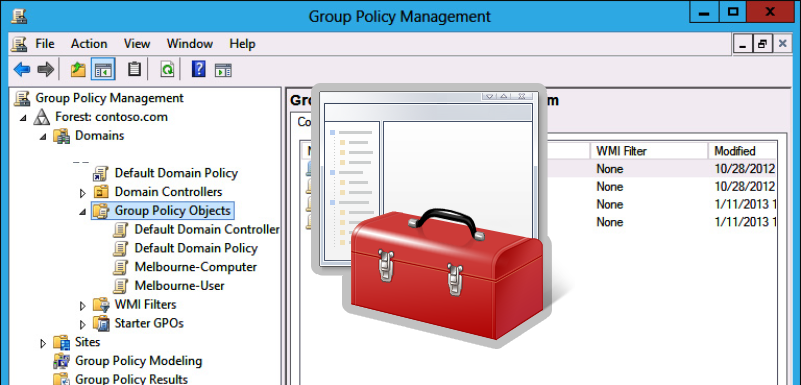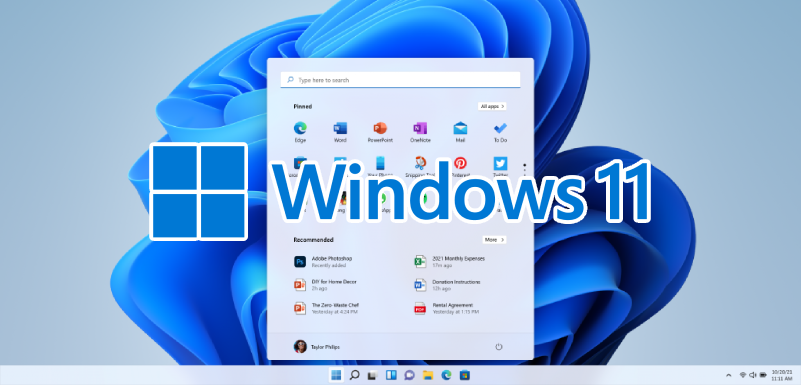Browsing Category
Windows Server
8 posts
How to Rename an Active Directory User with Active Directory Console?
You can rename user accounts in Active Directory in several ways. You can use AD graphical snap-ins, command-line tools, or PowerShell cmdlets. How to Rename an Active Directory User with Active Directory Console? The easiest and most intuitive way to rename an AD user is to use the Active Directory Users and Computers snap-in (ADUC).
How to Reserve IP Address on Windows Server DHCP?
DHCP reservation is the creation of a special entry on the DHCP server. Thanks to this, the same IP address from the DHCP scope address pool will be issued for a specific device (MAC address). In this article, we’ll look at how to create and manage reservations on a DHCP server running Windows Server 2019.
How to Set Proxy Settings via Group Policy?
The article shows how to use Active Directory Group Policies (GPOs) to configure proxy server settings on domain-joined computers running Windows 10/11 and Windows Server 2022/2019/2016/2012R2. These proxy server settings are used by all modern browsers, including Internet Explorer 11 (reached end of support on June 2022), Google Chrome, Microsoft Edge, Opera, and Mozilla Firefox
How to Add Domain Users to the Local Administrators Group in Windows
In order to grant local administrator permissions on domain computers to technical support personnel, the HelpDesk team, certain users, and other privileged accounts, you must add the necessary Active Directory users or groups to the local Administrators group on servers or workstations. In this article, we’ll show you how to manage members of the local
How to Disable or Enable USB Drives using Group Policy
When you connect a new USB device to your computer, Windows automatically detects the device and installs the appropriate driver. As a result, the user can use the connected USB drive or device almost immediately. If your organization’s security policy prohibits the use of portable USB storage devices (flash drives, USB hard drives, SD cards
PowerShell Startup Scripts Using GPO
Windows Group Policy allows you to run various script files at a computer startup/shutdown or during user logon/logoff. You can use GPOs not only to run classic batch logon scripts on domain computers (.bat, .cmd, .vbs), but also to execute PowerShell scripts (.ps1) during Startup/Shutdown/Logon/Logoff.In modern versions of Windows, you can directly run logon/logoff PowerShell
How To Fix Error: There are Currently No Logon Servers Available
When a user logs on to a Windows computer that is joined to an Active Directory domain, they may see the following error message:There are currently no logon servers available to service the logon request.This message says that none of the AD domain controllers (LogonServer) is available from this computer to authenticate the user. The
Deploy Scheduled Task Using GPO
You can use the Group Policy to create and deploy scheduled tasks to domain computers. For example, you can create a task that automatically logs out users or shuts down computers at a specified time, runs a script, etc.In this example, we will create a new Scheduler task that displays a pop-up notification and distribute







